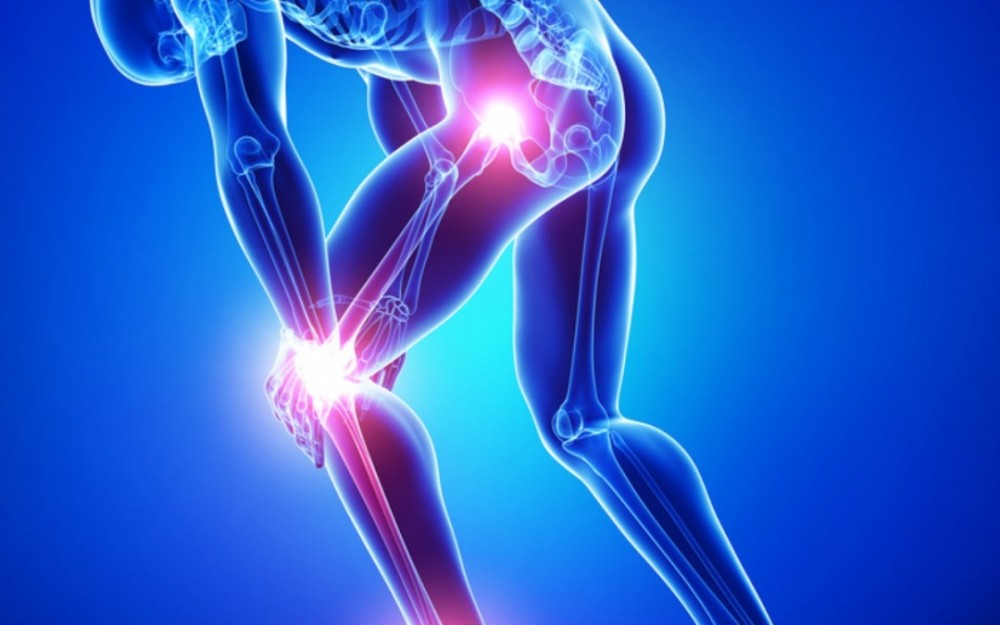Pain Management is a specialty of medicine that deals with acute, chronic, and cancer pain. A Pain Specialist is someone who has training and expertise in the evaluation and management of pain through various interventions. Pain management is an expansive & important topic that keeps our communities & patients safe, comfortable, and functional. Pain is complex and it has several treatment options including medication, interventions, physical therapy, lifestyle changes, and mind-body techniques.

The Pain Clinic is a special care centre devoted exclusively to dealing with persistent chronic pain. Various studies have shown as much as 50-80% improvement in pain reduction for chronic pain sufferers after visiting a Pain Clinic.
Most of these people learn to cope better and can resume normal activities. The doctors are trained in pain management & understand the complex nature of pain to try & treat it with a multi-disciplinary approach.
Other Blocks
Various areas of pain require different types of nerve blocks, below are a few of the available nerve blocks and some parts of the body where they are used.
Sympathetic Nerve Block
A sympathetic nerve block is performed to determine if there is damage to the sympathetic nerve chain in diseases like CRPS, Post Herpetic Neuralgia, etc.
Stellate Ganglion Block
This is a type of sympathetic nerve block performed to determine if there is damage to the sympathetic nerve chain supplying the head, neck, chest, or arms. If it is the source of pain in those areas, then we assist in doing physical therapy as well.
Platelet Rich Plasma Injection (PRP):
Platelets have a wide role in tissue healing because they store and release a wide range of bioactive factors including growth factors. PRP is administered to treat acute and chronic tendon, ligament, and muscle injuries and also early joint arthritis. It is safe because it is an autologous product derived from a patient's blood and contains platelets and bioactive factors that can enhance tissue healing at injury sites.